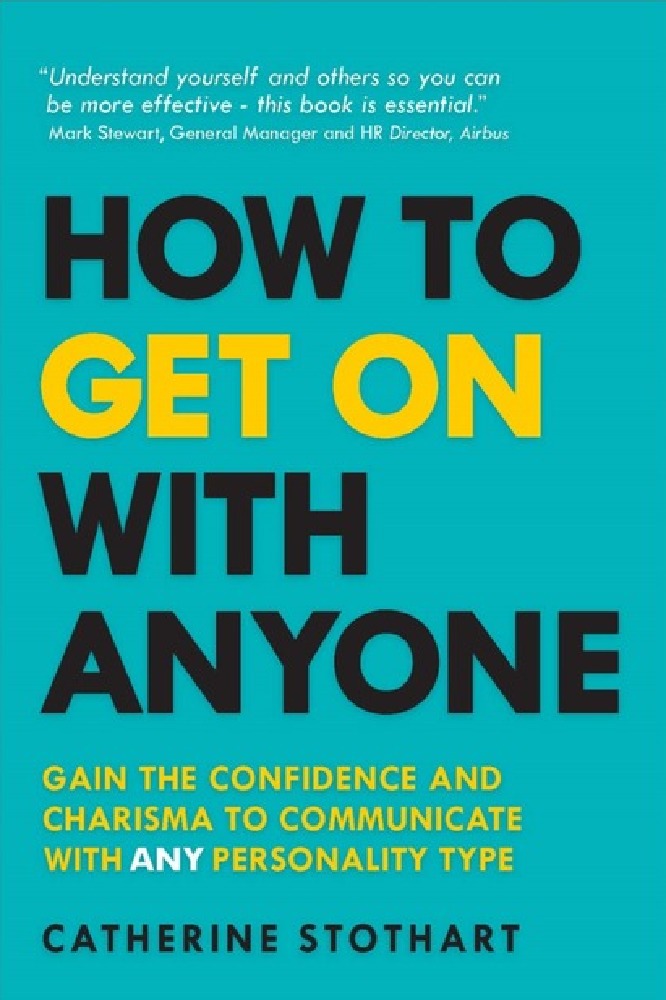Getting on well with other people is one of life’s biggest rewards but also one of its biggest challenges. Having a positive mindset towards other people helps you treat them in a way that makes them feel good and creates a healthy relationship.

Catherine Stothart
Here are my top tips for getting on with other people:
When you meet people, whether new acquaintances or old friends, build rapport by making eye contact, smiling and talking about non-contentious topics. If appropriate, some physical contact can build a connection (handshake, hug, kiss on the cheek, touch on the arm), but be mindful of social and cultural norms.
Most people like talking about themselves, so ask questions about them, their jobs, their family and friends, their hobbies (but not so much that it feels like an interrogation!) And there is no point in asking questions if you do not show interest in their answers.
Listen to the answers and look for what you have in common – we get on more easily with people who are like ourselves, so finding some common ground helps to build a sense of connection. Show you are listening, by asking follow-up questions, repeating back some of what they have said, and checking your understanding (“so you mean…….”). We often believe we are listening, but in fact our minds are off thinking about something else, like what we are going to eat, or what’s on TV tonight. Truly listening to someone else, rather than just nodding and looking like we are listening, is more difficult than you would think.
Look for the positives in what people say, find areas on which you can agree, build on their ideas, give positive feedback (“I really like that suggestion….”). When you disagree, use “and” not “but” to express your disagreement, as this feels less like a stand-off (“I appreciate what you think, and I think……”). Avoid exaggerated claims that the person always or never does something, as it is unlikely to be true and will feel provocative (“you never empty the dishwasher, you always leave your clothes on the floor”).
Make sure that your tone of voice and your body language is consistent with what you are saying. You might say “that’s interesting” but if your body language is slumped, your face shows boredom, and your tone of voice is monotonous, they will not believe you are interested in them.
Keep your purpose in mind – how do you want them and you to feel at the end of the conversation? Bored, nervous, angry, confused? Or curious, confident, relaxed, clear? Make sure what you say and do fits your purpose. Conversations in families, especially with teenagers or elderly parents, can quickly go off the rails because of the emotions involved. During the conversation, remind yourself of how you want them to feel and check that your behaviour fits with that. This will help to bring out positive emotions rather than negative ones.
Act in a way that helps other people maintain their self-esteem - don’t criticise, or make them feel they are wrong, don’t mock them or engage in “banter”, don’t interrupt or talk over them. Instead, ask their opinion, encourage them, show concern for their concerns, make them feel special.
Getting on well with other people is one of life’s biggest rewards – follow these tips and go for it!

How to Get On with Anyone: Gain the confidence and charisma to communicate with ANY personality type, by Catherine Stothart is out now, published by Pearson, priced £12.99. For more information about Catherine Stothart, see https://essenwood.co.uk/

